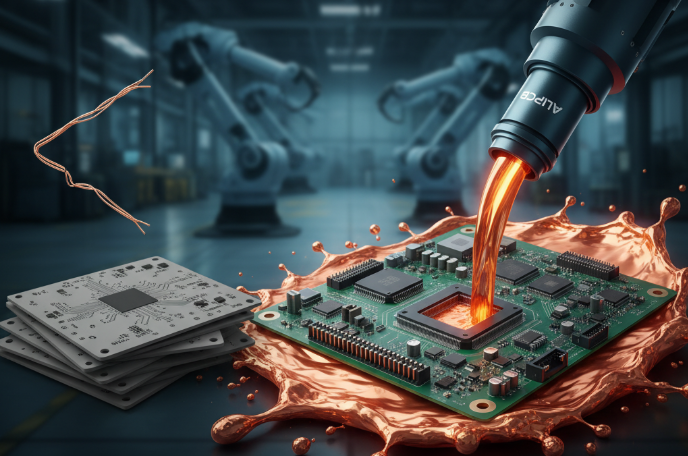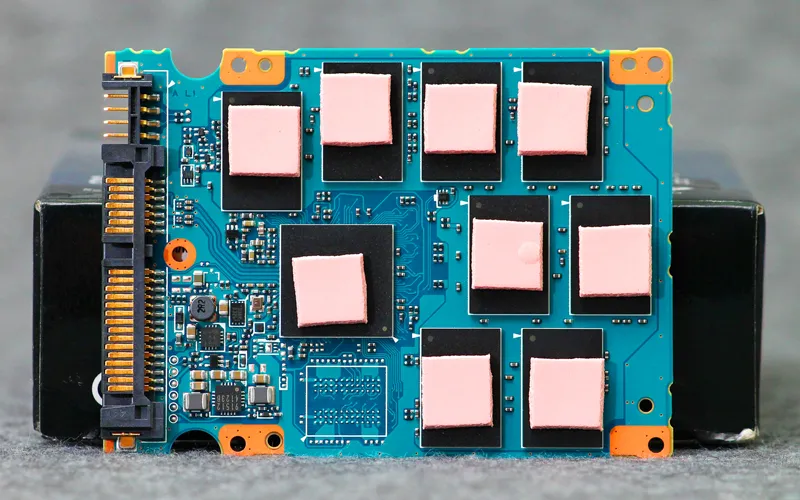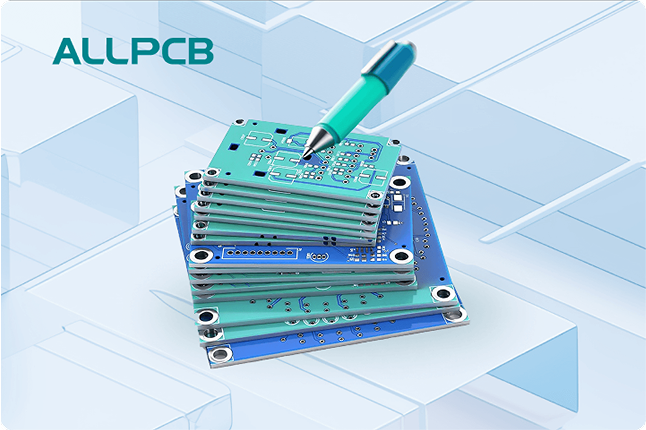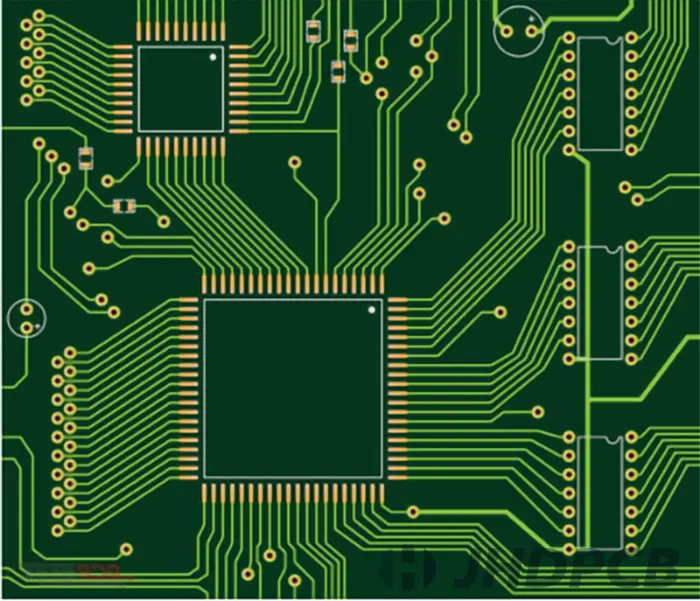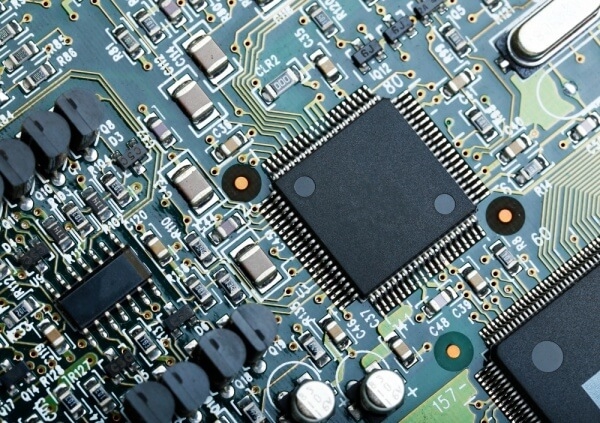In today’s fast-paced electronics industry, designing printed circuit boards (PCBs) that fit perfectly into enclosures requires seamless collaboration between electrical and mechanical design domains. Integrating Electronic Computer-Aided Design (ECAD) and Mechanical Computer-Aided Design (MCAD) using advanced 3D modeling software is the key to achieving this. This blog post dives deep into how ECAD MCAD integration software, 3D PCB design software, and tools for STEP file import PCB workflows can streamline the design process. We’ll also explore the role of enclosure design software and the importance of mechanical clearance check processes to ensure flawless designs.
Whether you’re an electrical engineer, mechanical designer, or part of a cross-functional team, this guide will walk you through the essentials of integrating these design approaches to create compact, efficient, and error-free PCB and enclosure designs.
Why Integrate ECAD and MCAD for PCB and Enclosure Design?
The integration of ECAD and MCAD is no longer a luxury—it’s a necessity. Traditional design workflows often separate electrical and mechanical teams, leading to miscommunication, design errors, and costly revisions. For instance, a PCB might be designed with perfect electrical functionality, but if it doesn’t fit within the enclosure due to overlooked mechanical constraints, the project timeline can be delayed by weeks or even months.
By using ECAD MCAD integration software, designers can bridge this gap. This approach allows real-time collaboration between electrical schematics and mechanical layouts, ensuring that both aspects of the product are aligned from the start. The result? Reduced errors, faster time-to-market, and optimized designs that meet both electrical performance and physical constraints.
Understanding ECAD and MCAD: The Basics
Before diving into the integration process, let’s clarify what ECAD and MCAD mean. ECAD focuses on the electrical aspects of a design, such as creating schematics, laying out PCB traces, and ensuring signal integrity. For example, ECAD tools help engineers route high-speed signals with controlled impedance, often targeting values like 50 ohms for optimal performance.
On the other hand, MCAD deals with the mechanical and physical aspects, such as designing the shape of an enclosure, determining mounting points, and ensuring thermal dissipation. MCAD tools are critical for ensuring that a PCB, which might measure 100mm x 50mm, fits within an enclosure with tight tolerances of just 0.5mm.
When these two domains work in isolation, issues like component interference or insufficient clearance often arise. Integrating them through specialized software ensures that both electrical and mechanical requirements are met simultaneously.
The Role of 3D PCB Design Software in Integration
One of the most powerful tools for ECAD and MCAD integration is 3D PCB design software. Unlike traditional 2D design tools, 3D software provides a visual representation of the PCB within the context of the enclosure. This allows designers to spot potential issues early, such as a tall capacitor interfering with the enclosure lid or a connector misaligned with a cutout.
With 3D visualization, engineers can simulate how components with specific heights (e.g., a heat sink at 25mm) interact with the enclosure’s internal space. This capability reduces the need for physical prototypes, saving both time and resources. Additionally, 3D tools often support real-time updates, so if a mechanical designer adjusts the enclosure dimensions, the electrical team can immediately see the impact on the PCB layout.
STEP File Import for PCB and Enclosure Collaboration
A critical aspect of integrating ECAD and MCAD workflows is the ability to share design data between teams. This is where STEP file import PCB functionality comes into play. STEP (Standard for the Exchange of Product Model Data) files are a widely used format for transferring 3D models between different software platforms.
For instance, a mechanical designer might create an enclosure model in a dedicated MCAD tool and export it as a STEP file. The electrical team can then import this file into their PCB design environment to ensure the board layout aligns with the enclosure’s dimensions. This process eliminates guesswork and ensures precision, especially when dealing with tight spaces or complex geometries.
Moreover, STEP file compatibility allows for iterative design updates. If the enclosure design changes—say, reducing internal height by 2mm to accommodate a slimmer product—the updated STEP file can be re-imported, and the PCB layout can be adjusted accordingly. This seamless data exchange is essential for maintaining design accuracy across disciplines.
Enclosure Design Software: Building the Perfect Fit
Creating an enclosure that complements the PCB is just as important as designing the board itself. Enclosure design software enables mechanical engineers to craft enclosures that not only house the PCB but also protect it from environmental factors like dust, moisture, or electromagnetic interference (EMI).
Modern enclosure design tools often integrate with ECAD platforms, allowing designers to import PCB layouts and component placements directly. This integration ensures that cutouts for connectors, mounting holes, and ventilation slots are precisely aligned with the PCB. For example, if a USB port on the PCB is positioned at coordinates (20mm, 10mm) from the board’s edge, the enclosure software can automatically generate a corresponding cutout with a tolerance of 0.1mm for a snug fit.
Additionally, these tools can simulate thermal performance, ensuring that heat generated by high-power components (e.g., a processor dissipating 5W) is adequately managed through vents or heat sinks within the enclosure. This level of detail prevents overheating issues that could degrade performance or damage components.
Mechanical Clearance Check: Avoiding Costly Errors
One of the most critical steps in integrating ECAD and MCAD is performing a mechanical clearance check. This process involves verifying that there is sufficient space between components, the PCB, and the enclosure to prevent physical interference or assembly issues. Even a small oversight, like a 1mm overlap between a tall inductor and the enclosure wall, can lead to manufacturing delays or functional failures.
Advanced design software automates clearance checks by analyzing the 3D models of both the PCB and enclosure. It flags potential issues, such as insufficient spacing around a component that requires 2mm of clearance for proper airflow. These tools often provide detailed reports, allowing designers to adjust layouts before moving to prototyping. For high-density designs, where components are packed tightly with spacing as low as 0.2mm, this feature is invaluable for ensuring manufacturability.
Clearance checks also extend to assembly considerations. For instance, ensuring that screws or fasteners used to secure the PCB have enough room to be tightened without damaging nearby traces or components is crucial for a reliable final product.
Benefits of ECAD and MCAD Integration for PCB and Enclosure Design
The advantages of using ECAD MCAD integration software and related tools are numerous. Here are some key benefits that engineers and design teams can expect:
- Reduced Design Iterations: By catching issues early through 3D modeling and clearance checks, teams can avoid multiple rounds of redesigns, saving weeks in development time.
- Improved Collaboration: Real-time data sharing via STEP files and integrated platforms ensures that electrical and mechanical teams stay on the same page.
- Enhanced Product Quality: Precise alignment between PCB and enclosure designs leads to better-fitting components, improved thermal management, and higher reliability.
- Cost Savings: Fewer physical prototypes and reduced errors translate to lower production costs, especially for complex designs with tight tolerances.
Best Practices for Seamless Integration
To maximize the potential of ECAD and MCAD integration, consider these practical tips during your design process:
- Start with Collaboration in Mind: From the project’s outset, ensure that both electrical and mechanical teams have access to shared tools and file formats like STEP for smooth data exchange.
- Use 3D Visualization Early: Leverage 3D PCB design software to visualize the board and enclosure together, identifying potential conflicts before they become costly problems.
- Automate Clearance Checks: Regularly run mechanical clearance check analyses to catch interference issues, especially after design updates.
- Iterate with Precision: When importing STEP files or updating designs, double-check measurements and tolerances to maintain accuracy across iterations.
- Simulate Real-World Conditions: Use enclosure design software to test thermal, structural, and environmental factors that could impact the PCB’s performance.
Challenges in ECAD and MCAD Integration and How to Overcome Them
While the benefits are clear, integrating ECAD and MCAD isn’t without challenges. One common issue is software compatibility. Not all design tools support seamless data exchange, which can lead to errors when importing STEP files or sharing models. To address this, invest in platforms that prioritize interoperability and support widely accepted formats like STEP.
Another challenge is the learning curve associated with advanced 3D modeling and integration tools. Teams accustomed to 2D workflows may initially struggle with the transition. Providing training and access to tutorials can help bridge this gap, ensuring that everyone can leverage the full power of the software.
Finally, managing design changes across teams can be tricky. If a mechanical update isn’t communicated promptly, the electrical layout might become outdated. Establishing clear communication channels and using cloud-based design platforms for real-time updates can mitigate this risk.
Conclusion: The Future of PCB and Enclosure Design
Integrating ECAD and MCAD through ECAD MCAD integration software is transforming the way engineers approach PCB and enclosure design. With tools like 3D PCB design software, STEP file import PCB workflows, and enclosure design software, teams can create products that are not only electrically sound but also mechanically robust. The addition of automated mechanical clearance check processes ensures that designs are free from physical conflicts, paving the way for faster production and higher quality.
As technology continues to evolve, the line between electrical and mechanical design will blur even further. By embracing integration today, design teams can stay ahead of the curve, delivering innovative solutions that meet the demands of modern electronics. Whether you’re working on a compact wearable device or a complex industrial system, the right tools and workflows can make all the difference in achieving a flawless design.
 ALLPCB
ALLPCB


